Kask WG11 vs MIPS: which cycling helmet technology is best?
Bicycle helmets are big business and the prominence of MIPS – Multi-directional Impact Protection – safety systems in the market has grown massively over the past few years, but Italian company Kask has introduced its own Rotational Impact WG11 Test that rejects the need for MIPS, so who is right? Kask took me out to Italy to hear the rationale behind its testing system...
First of all, it's worth saying that Kask doesn't talk a whole lot about MIPS. It focuses on its own testing and the resulting helmets. The whole discussion is based on rotational impact and how to protect your brain against its effects, so let’s start there.
What is rotational impact and why is it important?
Imagine you’re stationary at a set of traffic lights, you don’t clip out of your pedals in time and you fall straight down, your bike helmet hitting the road. That’s a linear impact. Helmet testing standards worldwide are based on protecting your skull from fracturing as a result of this kind of direct impact.
However, the most common impacts experienced in sports, including cycling, are angled or oblique. You might be riding around a corner, for instance, lose traction, come off your bike and your helmet hits the road. You’re moving forward so you won’t hit the ground completely vertically, so other forces come into play.
The big problem is that an angled impact can lead to the rotation of your brain inside your skull. It’s a grim thought but go with it. Your brain really, really doesn’t like rotational motion. It can cause the tearing of blood vessels resulting in subdural haematoma – a blood clot in the space between the skull and the brain which can be life-threatening – and diffuse axonal injuries which are the tearing of the brain’s long connecting nerve fibres.
Put simply, rotational motion can be disastrous. This isn’t controversial; we’ve known about the results of rotational impacts for decades. What is controversial is how you measure and deal with rotational impacts.
Dealing with rotational impacts
For a bike helmet to be sold in Europe, it has to pass certain tests. Check inside your bike helmet and there will be a little sticker saying ‘Certified to EN 1078’. This means that, among other things, a sample helmet has been strapped onto a head form (a model head, essentially, that contains accelerometers and angle sensors to measure movement) and dropped onto test anvils at a specific speed and maximum allowable acceleration to check that it’s capable of providing a level of protection that’s deemed adequate. EN 1078 covers direct impacts but there’s no rotational impact testing requirement.
Other parts of the world have their own tests but none relate to rotational impacts. CEN – the European Committee for Standardisation – is the only international standards body currently considering a rotational element, but there’s nothing in place yet.
You know all about MIPS, right? MIPS is an ingredient brand that provides a low-friction layer (usually yellow) that goes inside (or is incorporated in the design of) another brand’s helmets. It uses a slip-plane system that moves inside the helmet, the idea being to allow 10-15mm of relative motion between the helmet and the head in all directions to reduce rotational motion transferred to the brain in the event of an impact.
I visited MIPS for road.cc a few years ago. Find out everything you need to know about MIPS here.
With its products used in many of the best cycling helmets from big brands like Specialized, Bell and Met, MIPS has dominated the conversation on rotational impact testing over the past few years. Kask could doubtless pay the fee and include MIPS in its helmets – which generally adds about £20 to the retail price – but it chooses not to.
Many other brands don’t either. Bontrager, for example, uses WaveCel technology which “accounts for how most cycling accidents actually happen: ungracefully, with twists, turns and angled impacts” (MIPS disputed WaveCel’s helmet safety claims, but let’s not get into that here). Lazer used to spec MIPS but launched a proprietary KinetiCore system earlier this year, calling it the ‘world’s first fully integrated rotational-impact technology’.
Why not introduce rotational impact into CEN certification?
If everyone agrees that rotational impact testing is important, wouldn’t the most sensible thing be to include it in the CEN standard (or its equivalent in other parts of the world)? Yep. So will it happen? Hmmm, it’s never that simple, is it? This has been discussed for the last 10 years and it’s at the heart of the whole MIPS v Kask v whoever else thing.
CEN has a technical committee – TC158 – that covers protection from the neck up. As well as helmets, it looks at things like goggles and headphones. TC158 has various working groups that are made up of interested parties – people from relevant industries and academics involved in related research, for example. WG4 works on helmets for cyclists while WG11 looks at headforms and test methods (stick with it, folks; we’re getting to the important bit).
WG11 – which includes Kask, MIPS, Rudy Project, researchers from the University of Strasbourg, Imperial College London, and loads more – is trying to develop a method for measuring the absorption of energy from tangential/angled impacts.
“[All members of WG11] have a conflict of interest when we participate in the group, and sometimes this conflict of interest causes different views,” says Luca Viano, director of product at Kask. “All group decisions are based on a total agreement; either everybody agrees, or there’s no decision. This makes it complicated.
“In trying to write this new standard, the goal is basically to define three things.
“First, a new headform is needed because it is clarified by numerous research and scientific studies that the headform that has been used in the past to demonstrate the function of some rotational impact technology is not good, so it doesn’t really work.”
This is a reference to the Hybrid III headform that MIPS uses in its testing. You’re going to hear more about headforms in a minute.
“Then the need is to design a proper method,” says Luca Viano. “How do you test this impact?
“Then the third point is that if we decide how to test a helmet, how do we decide what number is good in order to give a pass or a fail?”
There is no agreement on these points, hence 10 years and no new standard.
Luca Viano says, “I’m sure that you understand the difficulties within this and also the interaction with some commercial aspects that are on the market today… if a new standard comes in.”
Ouch!
The bottom line is that there’s no timescale for the introduction of a new CEN standard that includes a rotational impact test, so what happens in the meantime?
As we know, MIPS offer its own rotational impact technology that’s widely used in the helmet industry, but Kask doesn’t support this (it’s mainly about those headforms).
For that reason, Kask has developed its own angled impact test that it calls Rotational Impact WG11 Test. It is “an internal protocol adopted by Kask to identify an objective method, based on scientific sources, for measuring the performance of its helmets against rotational impacts”.
Cool, but it’s not a test that has been adopted by CEN or its Working Group 11. In that way, the name is at best open to misinterpretation. You might suggest that it’s decidedly unclear, just short of iffy, but we’ll park that issue right here and get on to the science.
It’s all about the headforms
Okay, let’s take a step or two back and talk about headforms. MIPS tests with a headform called Hybrid III while Kask uses the EN 960 design. Why is that important?
A study by Peter Halldin (one of the developers of MIPS) and Madelen Fahlstedt (How Sensitive are Different Headform Design Parameters in Oblique Helmeted Impacts? 2018) suggests that rotational kinematics values are dependent on the coefficient of friction of the headform used.
Another recent study (Oblique Impact Responses of Hybrid III and a New Headform with more Biofidelic Coefficient of Friction and Moments of Inertia, Xiancheng Yu et al, 2022) tested a motorcycle helmet with a new Cellbond headform being developed by CEN’s Technical Committee 158, Working Group 11 (yes, WG11 again) and compared the results with those using a Hybrid III headform.
The study said, “Our results suggest that moments of inertia and coefficients of friction have significant effects on headform rotational kinematics, and consequently brain deformation, during the helmeted oblique impact.
“Future helmet standards and rating methods should use headforms with realistic moments of inertia and coefficients of friction… to ensure more accurate representation of the head in laboratory impact tests.”
It's an interesting read but you might want to wait for the film.
Kask’s Luca Viano says, “There is tons of scientific research on living human beings and also cadavers to find the coefficient of friction of the human head.
“Unfortunately, there has been a lot of testing for rotational impact technologies in the past using headform Hybrid III, which is the headform that you will have seen used on a dummy used in car crashes.
“That headform is not made to perform helmet tests. First of all, it doesn't have enough sizes so you can’t test all sizes of your helmet. And number two, it has a coefficient of friction which is three or four times higher than the human head. If you are measuring a sliding movement between the helmet and the head, when you have a very high coefficient of friction you get readings which are not real.”
That’s why Kask rejects Hybrid III, but why go with the EN 960 headform?
Last year, ECE 22.06 was introduced as the new European road-legal motorcycle helmet safety standard and it includes an angled test. We don’t need to know all the details of ECE 22.06 but it uses an EN 960 headform and defines an acceptable coefficient of friction of 0.3 +/- 0.05 between the headform and the helmet padding.
During meetings at the UN for the drafting of ECE 22.06, the working group dealing with it used a study titled Evaluation of the Head-helmet Sliding Properties in an Impact Test by Antonia Trotta et al (2018) as evidence.
The study showed that the coefficient of friction between the human scalp and the internal liner of a helmet is about 0.3 (the scalp-liner coefficient of friction was found to be 0.29 +/-0.07, if you want to be precise). Incidentally, that study also said that “the presence of hair reduces the scalp-liner coefficient of friction”, so you’re in luck if you’re hirsute. Toupées? Sorry, they're not covered.
There are other important variables, such as a headform’s moment of inertia, and Kask believes that the EN 960 is the most realistic and biofidelic – meaning that it behaves most like a human head during helmet testing – the Cellbond headform mentioned above not being ready yet.
Luca Viano says, “It all depends on the tools you use to measure. If you have a very high friction head, [a low friction liner in a helmet] makes sense, but if you use a biofidelic head there is less need for a low friction layer.
“ECE 22.06 was very important for us and gave us a lot of useful information. The coefficient of friction was a huge discussion and it was defined.”
How does Kask test its helmets?
Okay, so Kask is clear on its preferred headform but how does it decide a pass/fail for its Rotational Impact WG11 Test?
Again, it has taken inspiration from ECE 22.06 in the use of a Brain Injury Criterion (BrIC) derived from a 2013 paper – Development of Brain Injury Criteria by Erik G Takhounts et al – to assess a helmet’s effectiveness.
Takhounts gives a means of calculating the risk of various types of brain injury from linear and rotational forces and concludes that a BrIC of 0.68 gives you approximately a 30% chance of a moderate injury and a 10% chance of a serious injury and “is probably the upper limit of what a regular human (not a trained athlete) should be allowed to experience when protecting against concussion”.
Luca Viano says, “The BrIC takes into consideration the rotational accelerations and the critical velocities and it presents a number. This is then related to the Abbreviated Injury Scale which is a description of the level of severity of head trauma so you can understand the amount of risk that you have with certain kinds of impacts.”
Kask uses Takhounts’ BrIC of 0.68 in its Rotational Impact WG11 Test; anything above that figure faict, Kask says all of its helmets have measured well below that figure, the highest having been 0.39, tested independently by Newton Lab in Milan.
Kask also takes into account a head injury criterion (HIC) – which is another combined metric – the peak of linear acceleration (PLA), and the peak of rotational acceleration (PRA). It’s high-tech stuff.
Helmets are dropped (strapped to the EN 960 headform) so that they’re impacted at five different points – front, front lateral, side, rear, and rear lateral – at a speed of 6m/sec. All helmet sizes are tested in this way.
The oblique/angled impact tests are made on an anvil with a 45° surface that’s covered with grade 80 closed-coat aluminium oxide abrasive paper to mimic a road surface, a triaxial accelerometer within the headform taking the measurements.
Incidentally, the headforms don’t have wires attached because Kask believes they can interfere with the measurements, which is another point of difference with MIPS.
Kask doesn’t swap another proprietary technology into a helmet to make up for the absence of something like a MIPS system. It just believes that when designed and tested correctly, its helmets can guard against rotational injuries without.
“We were often asked why our helmets did not have third-party or proprietary anti-rotational technology,” says Luca Viano.
“We decided to go public with [our testing] simply because there was no other way to give cyclists the evidence that protection exists, and that we take care of that.
“ECE 22.06 gave us the description of the method and the headform. It also gave us a standard to [allow people to] understand how our helmets behave against rotational impacts.”
What next?
So where does all this leave us, the humble consumers, when it comes to helmet safety? Let’s be honest: confused.
I mean, none of us are going to nip out to the helmet-testing facility we keep in the garage and conduct our own experiments, are we?
Even supposing road.cc decided to do independent helmet safety testing, we’d need all the helmets we wanted to test in every size; we’d need multiple samples of each because you can only perform two tests per helmet (you can impact them in different areas), and then there’s the €1,000 per day on the testing lab.
Beyond that, what testing method and equipment would we use? That’s the crux of the issue and we’re reliant on the experts for this… And they disagree.
So going right back to our original question: Kask WG11 vs MIPS – which helmet technology is best? We’ll fess up and say that we can’t tell you for sure. Sorry. The fact that MIPS got in there early and has controlled the rotational injury discussion for the past few years is a huge advantage but Kask puts a solid argument forward for at least questioning established test methods.
Something that is more clear is that life would be a hell of a lot easier if we had a CEN standard rotational impact test for helmets… just don’t expect one anytime soon.

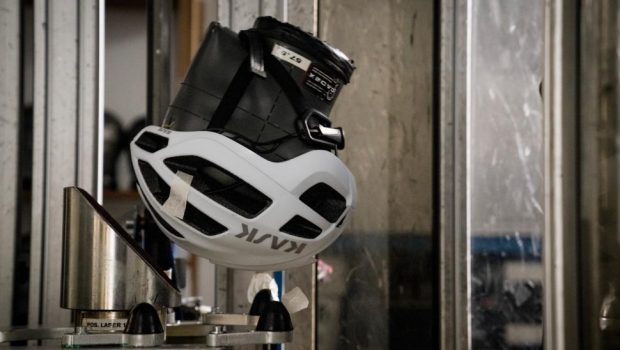
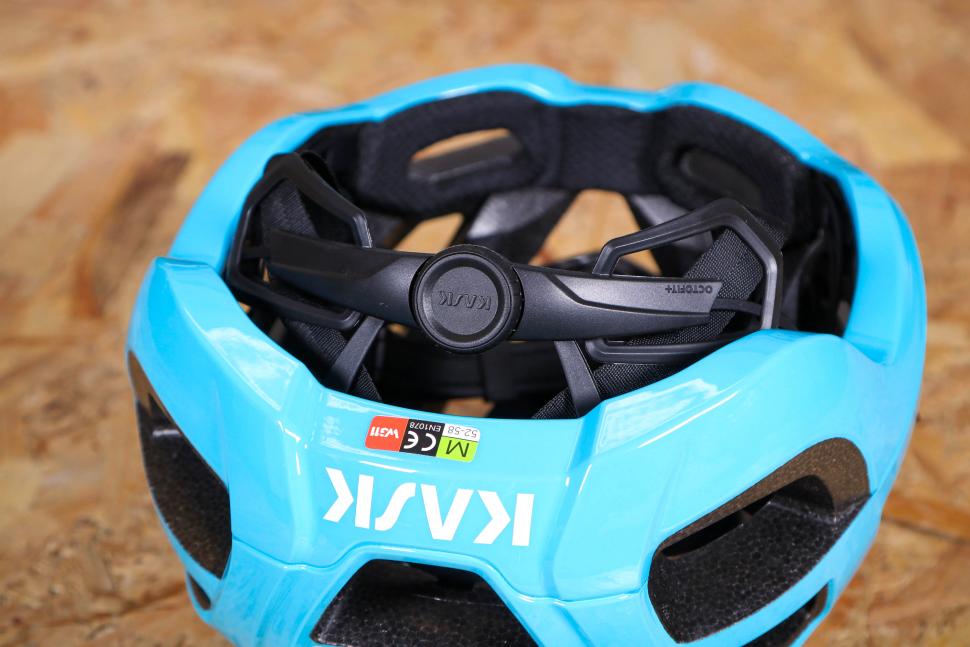

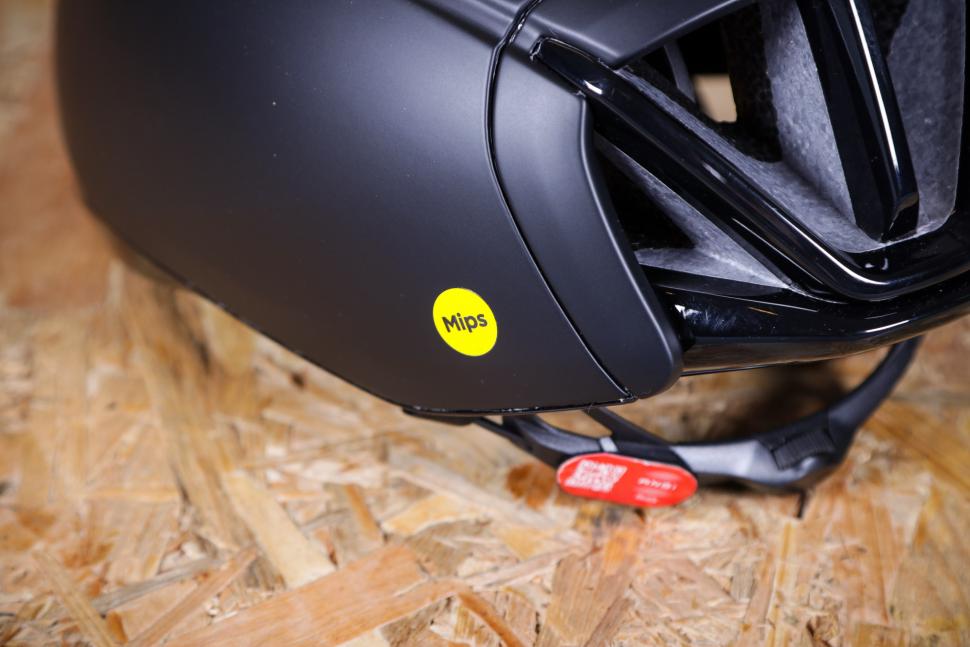

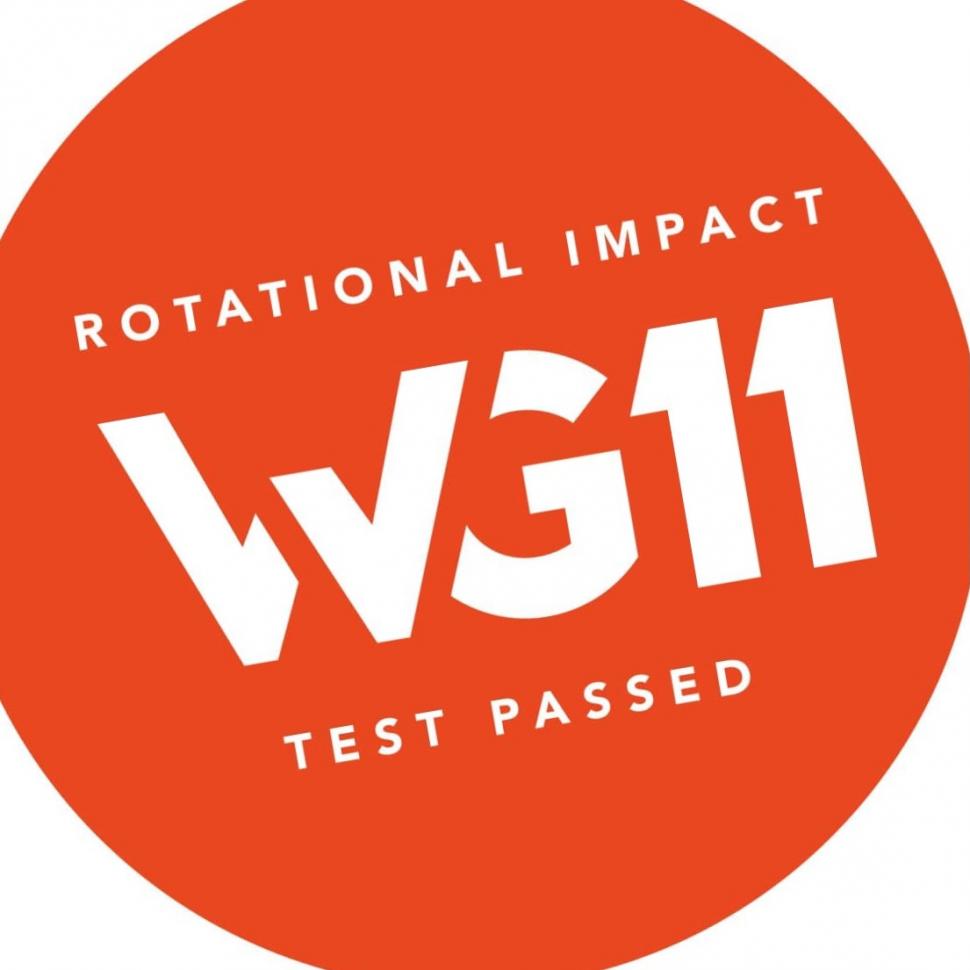
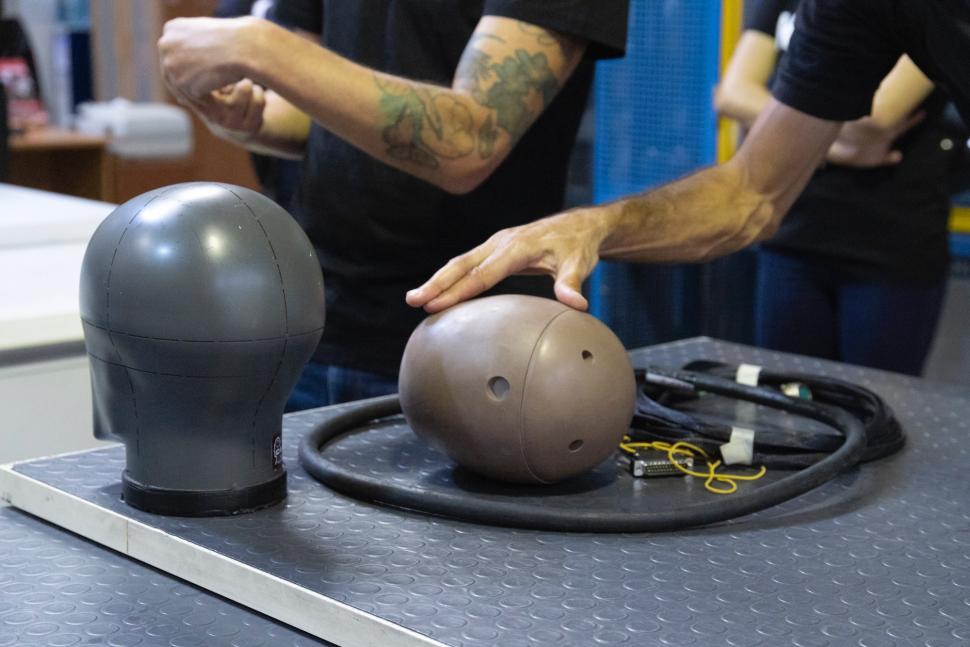
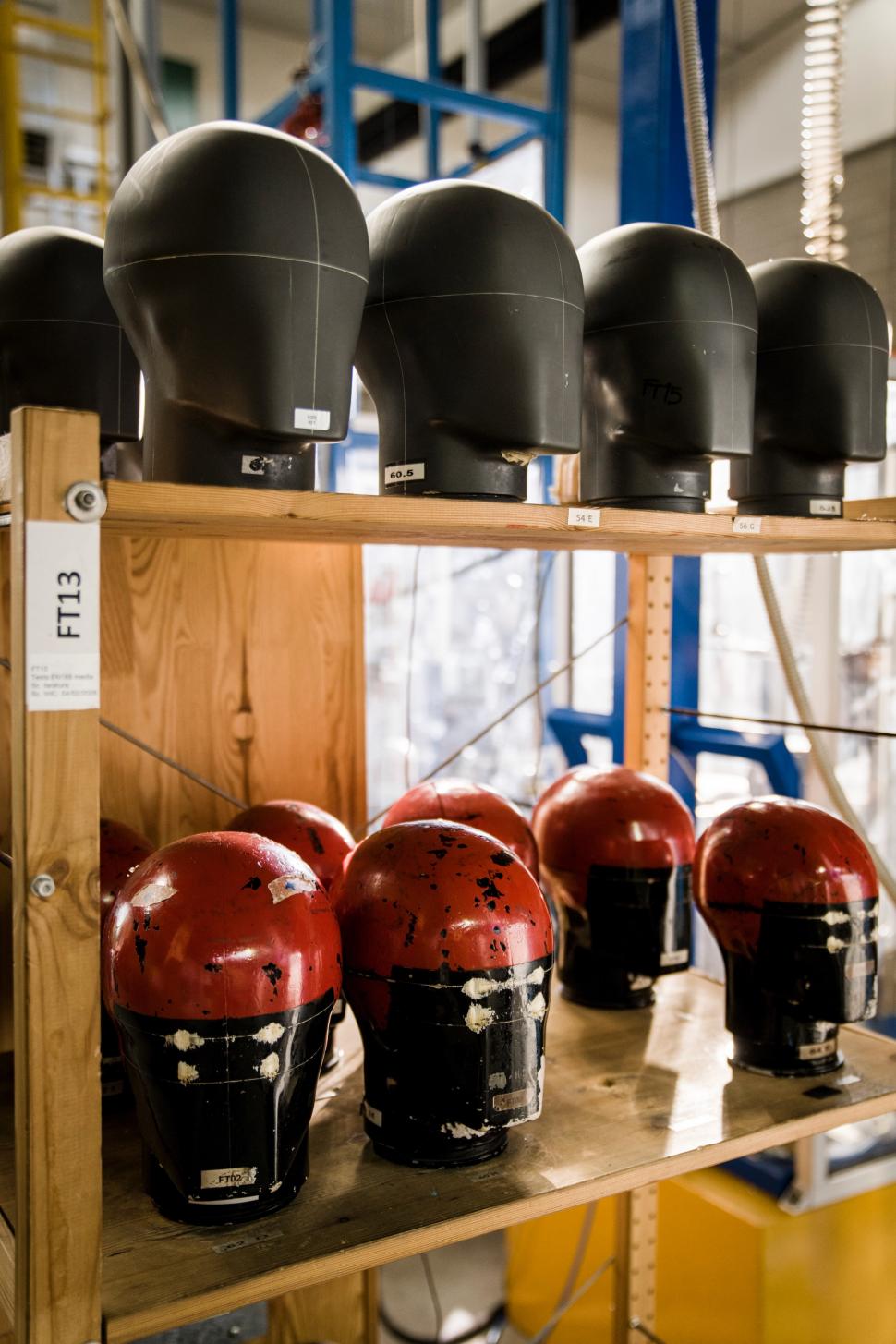
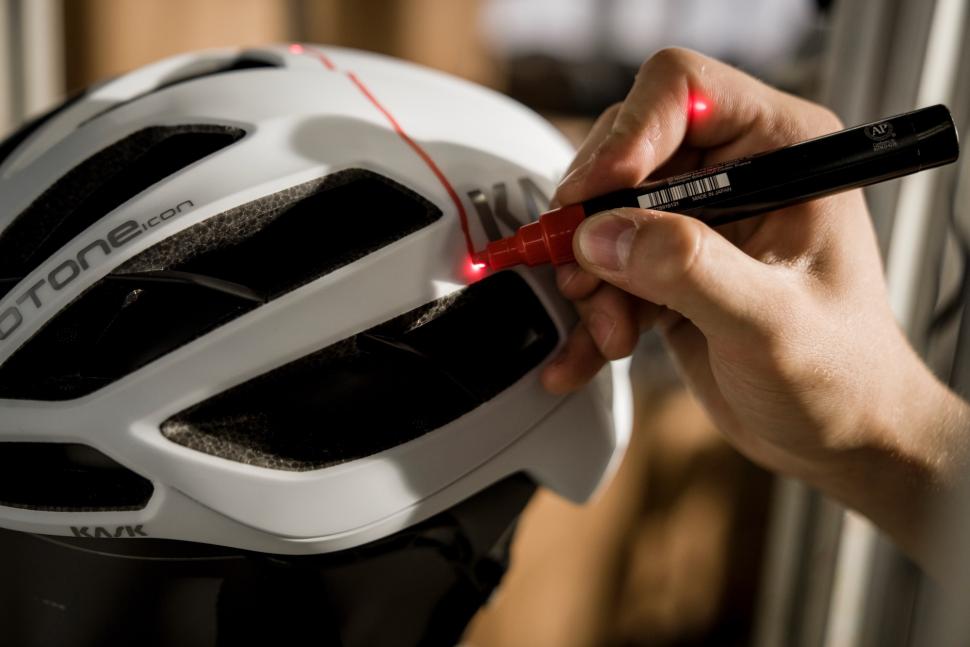
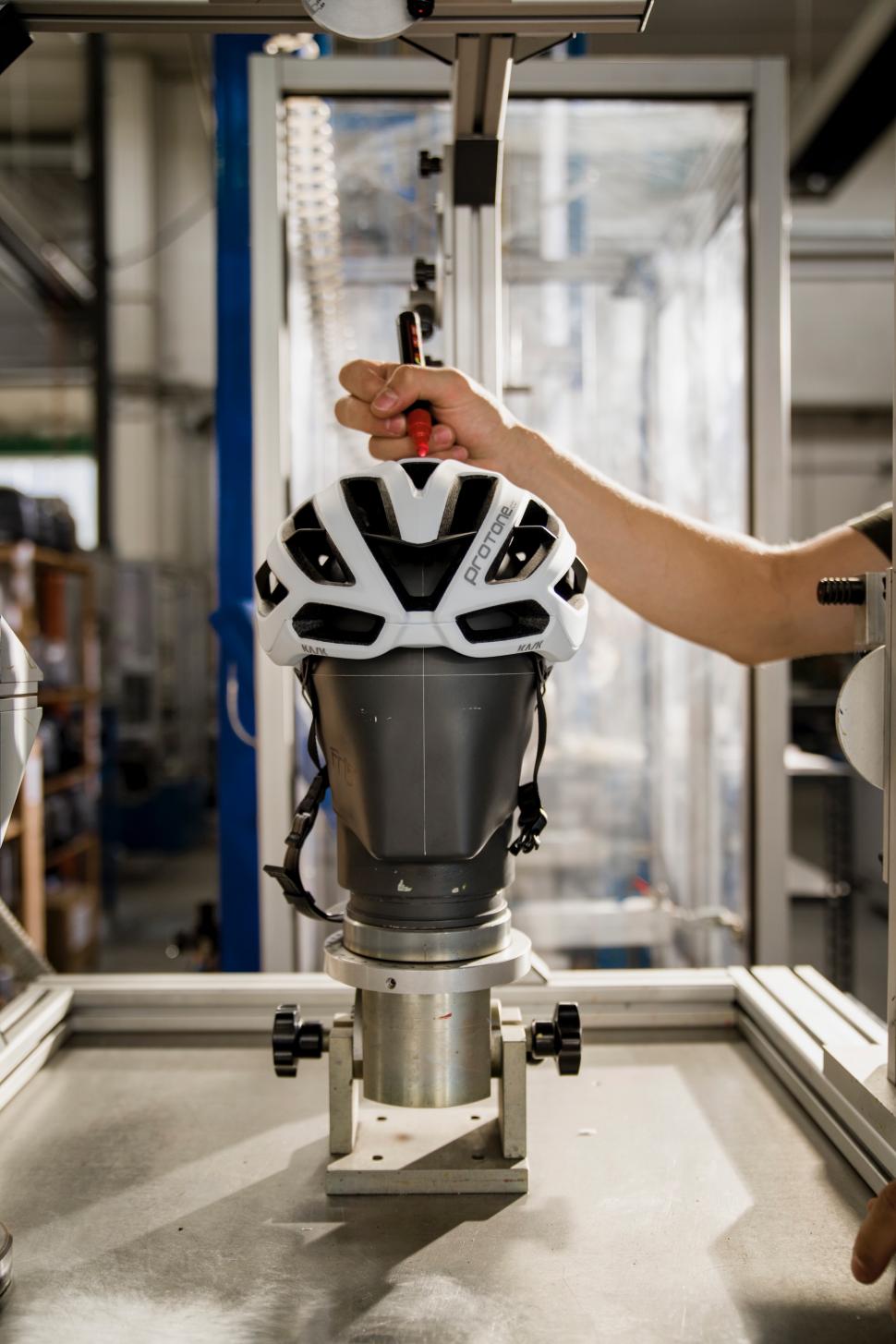
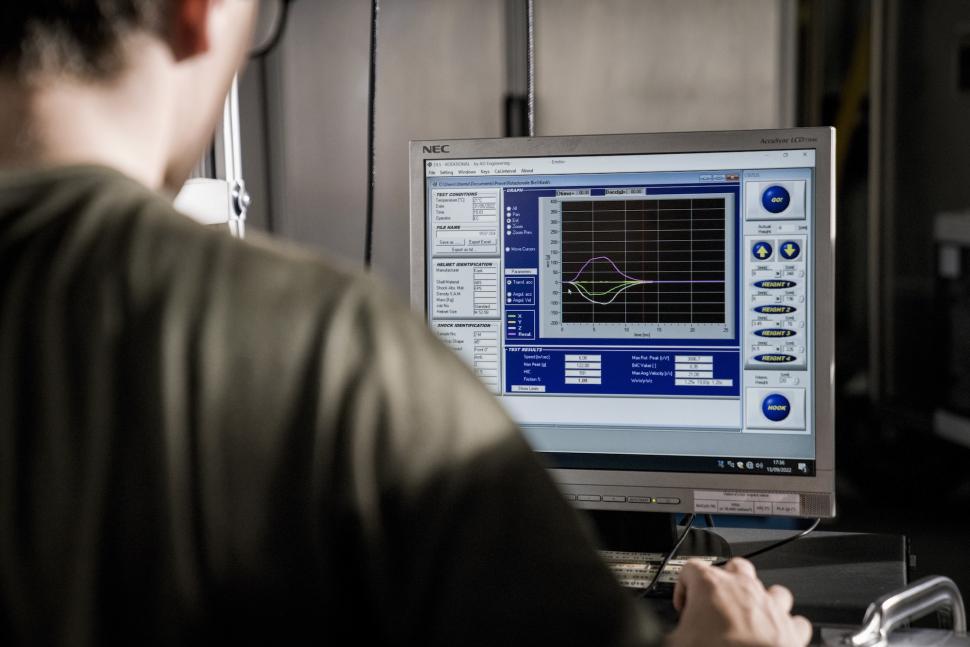






Gloss